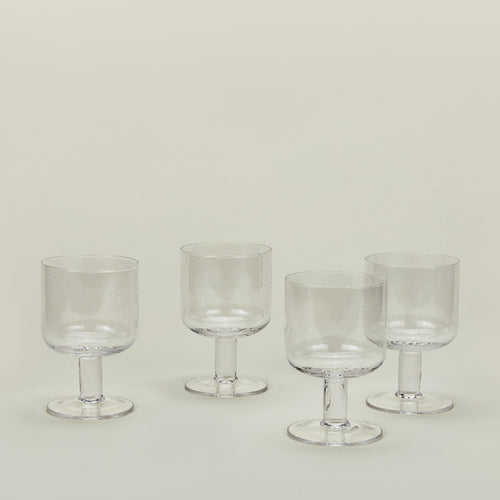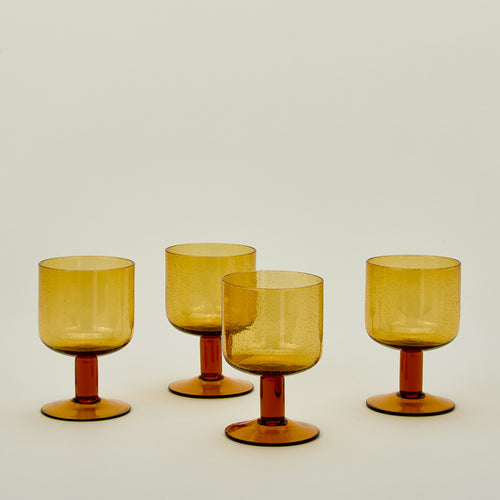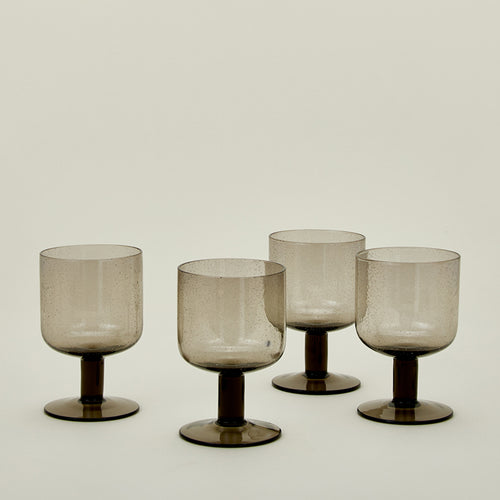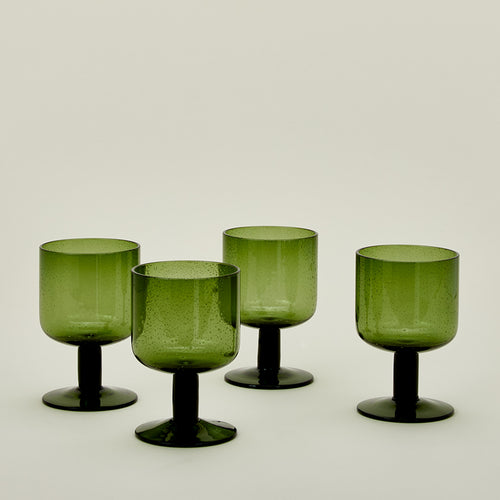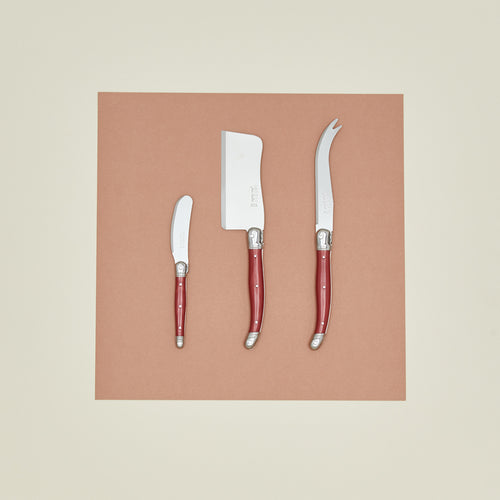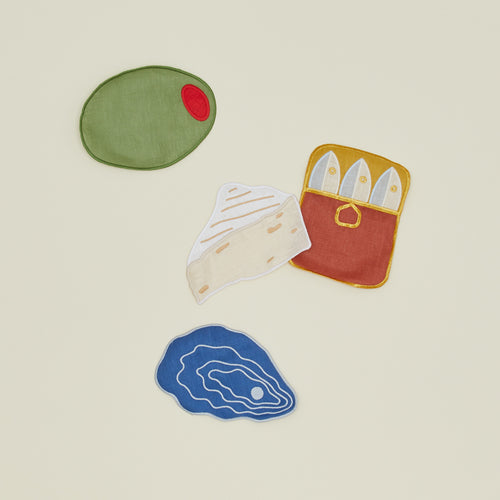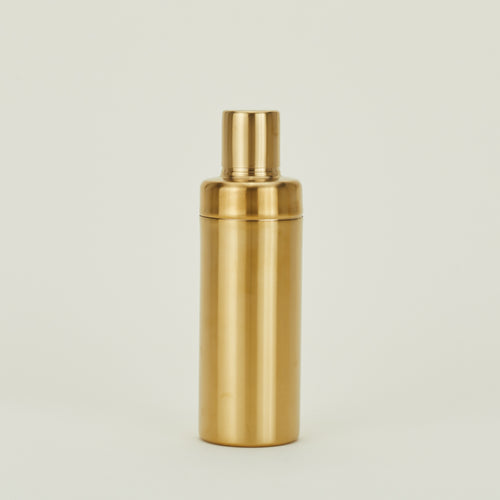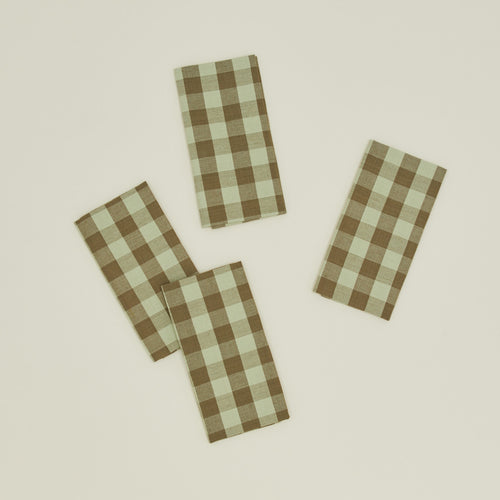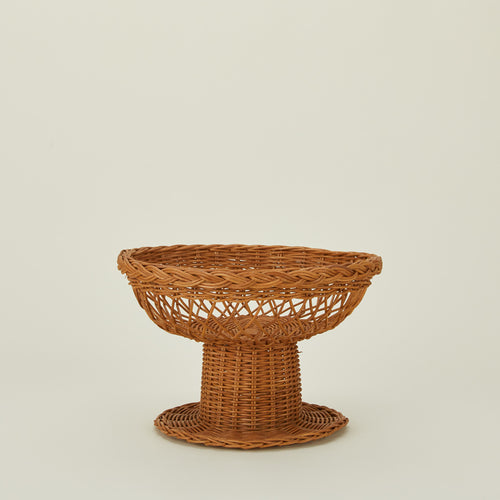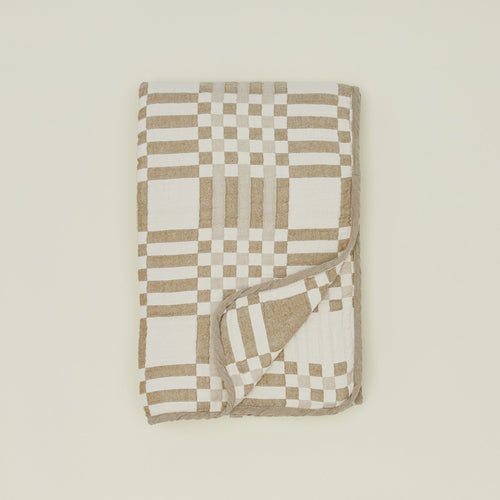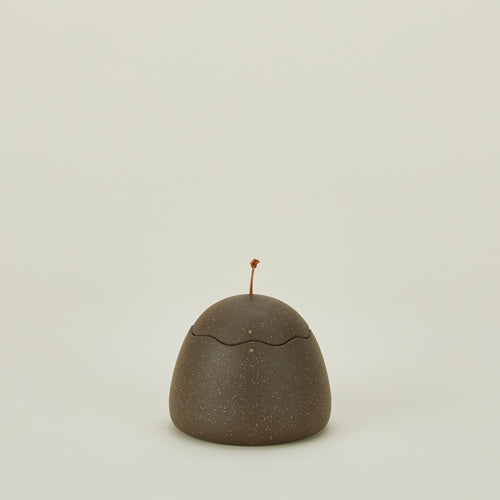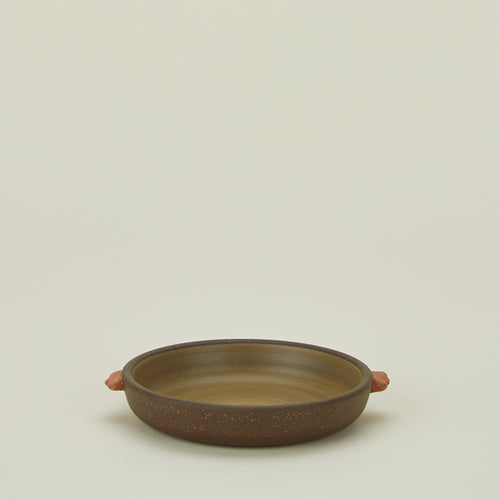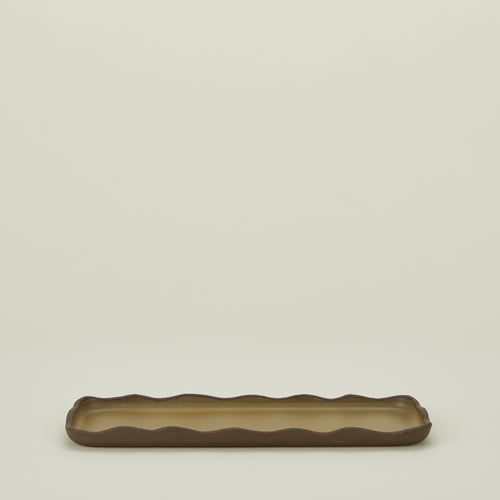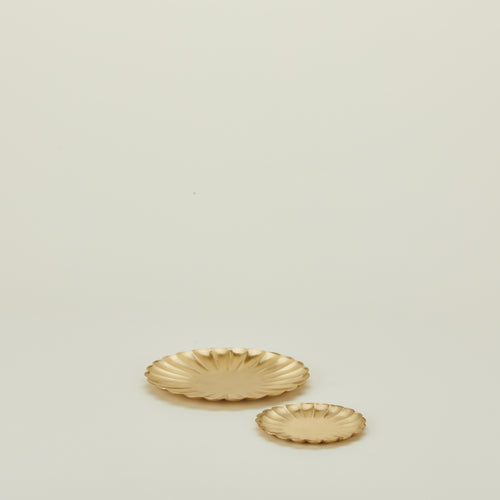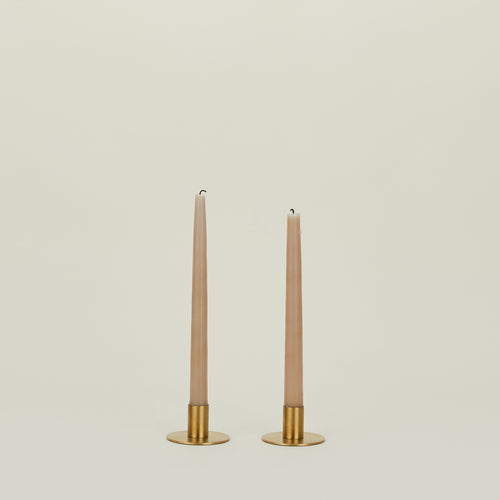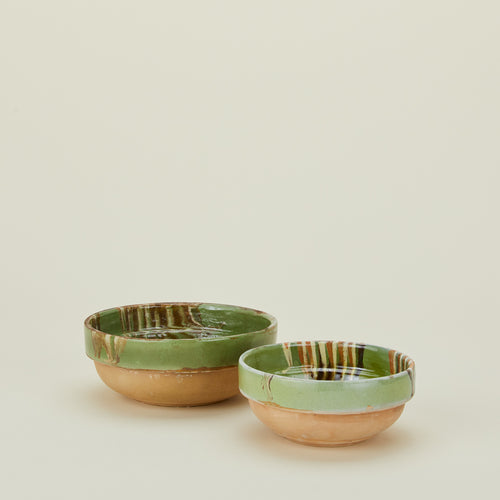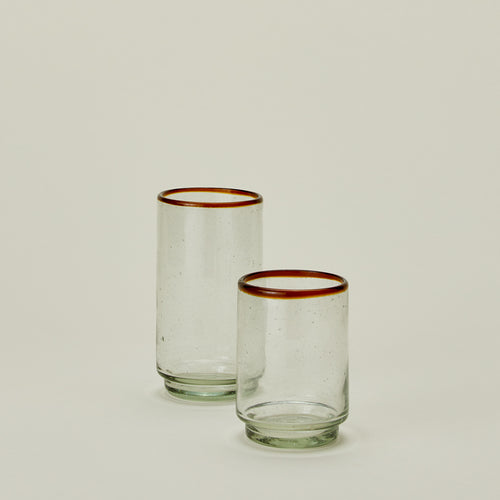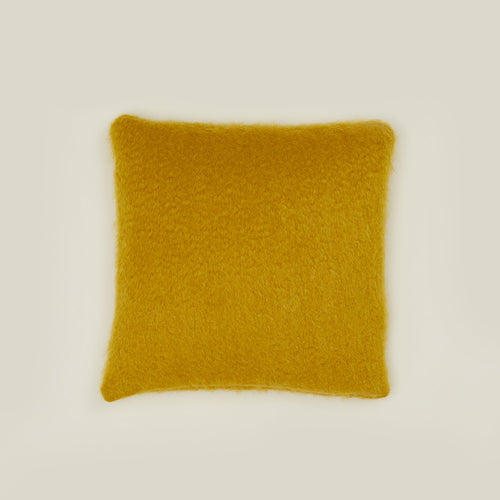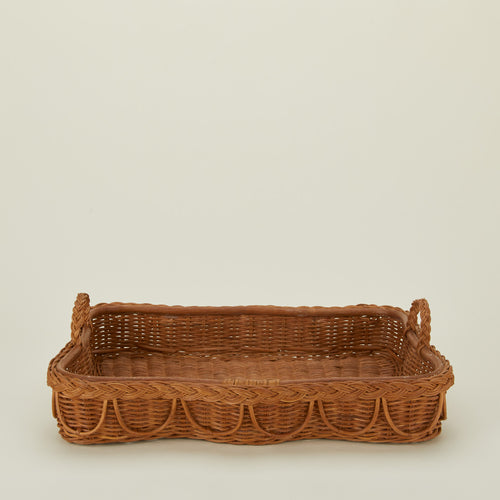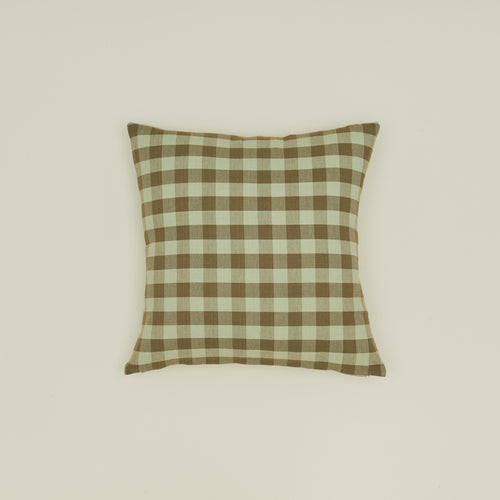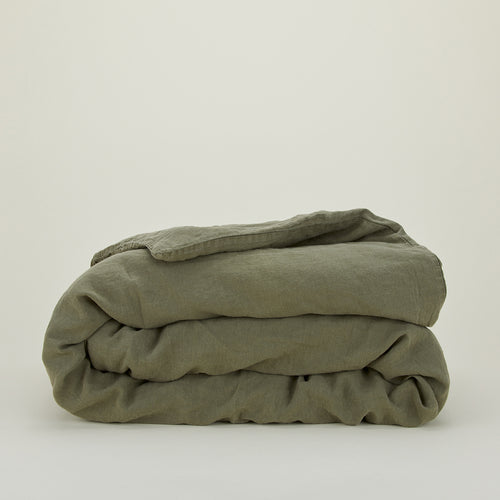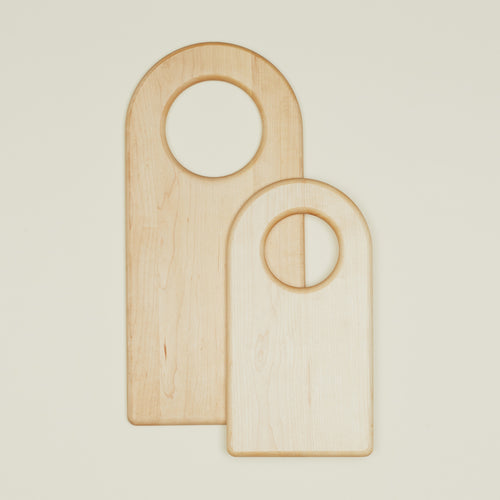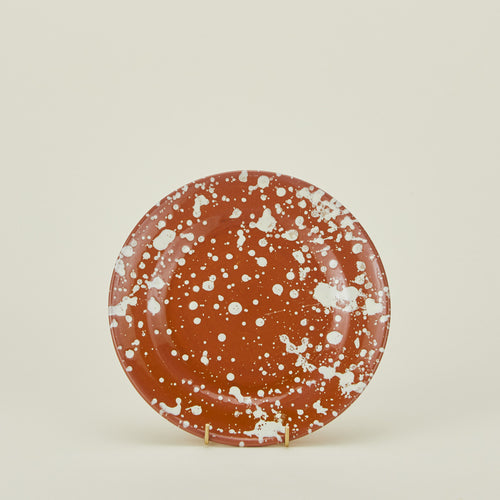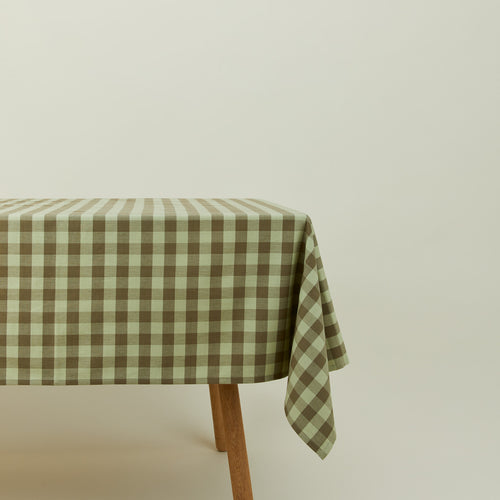Some stories begin with a spark of inspiration; others start with a hole in the sand. For Emily of Emris Ceramics, it was both. The name Emris was born on the shores of Lake Michigan during a family vacation, when she and her dad carved out a miniature lake and christened it “Lake Emris” after combining their names. Years later, as Emily found herself “still playing around in the mud” through clay, the name returned—a seemingly insignificant choice at the time that grew into something far more meaningful.
Now, Emris stands for quiet, earthy, and unfussy pieces that carry the warmth of connection—between maker and material, object and owner, and person to person. Rooted in minimal form and tactile detail, Emily’s work celebrates the subtleties of clay and the imperfect beauty that emerges in collaboration with the process. We spent some time with Emily to explore how she thinks about form, function, and the quiet power of handmade objects.

Tell us the story about Emris. How did it all begin?
The name Emris came about during a family vacation while my dad and I played on the beaches of Lake Michigan. There was a spring that sent water running through the sand, so we dug a large hole and let the water pool into a “lake.” Admiring our handiwork, we decided it needed a name—so we combined ours (Emily and Chris) and called it “Lake Emris.” As someone who’s still “playing around in the mud,” it feels incredibly fitting.
I chose the name kind of unceremoniously, and it was a few years before I started promoting myself under it. Even though I couldn’t put it into words at the time, the name just made sense. Looking back, it really reflects the way I built the business—with help and support from so many people close to me. So, in a way, it has shaped my philosophy on the brand and business side: to stay centered on people and connection.
If you had to describe your pieces in three words or less, what would they be?
Quiet, earthy, and unfussy.

What about minimal form appeals to you?
I’ve always been drawn to detail, and minimal forms really highlight the subtle ones. There’s not much to hide behind, so every decision counts. I’m also very focused on the tactile experience of an object—how it feels first. With minimal forms, there’s less for your eyes to process, so your sense of touch can really take over.
How do wheel throwing and hand building differ in how they let you express your ideas?
My background is in wheel throwing, so that’s where I feel most comfortable executing ideas. I started incorporating hand building because it allows more fluidity in form. For example, the wavy tray would’ve been totally impractical on the wheel because of its rectangular shape—so it’s fully hand built. My favorite part is combining both methods—it often leads to something a little unexpected and more playful.

What does “connection” mean to you in the context of handmade objects vs. mass-produced ones?
Handmade objects carry the energy of the person who made them. I’m lucky to know many of the makers whose work I collect personally, so each piece is a reminder of our time together. More broadly, knowing someone put time and energy into creating an object makes it feel personal. Mass-produced items still involve people and intention, but there’s something special about making a direct connection between an object and its maker—it feels like an extension of them.
Handmade items also capture a moment in time, similar to a live performance. No two pieces—or performances—are identical; there are always subtle variances that no one else experiences. That small, shared moment is what makes it special.

What part of making ceramics gives you the most joy?
Working through a new design is always exciting. It starts with rough sketches and dreaming on paper. Once I bring it to clay, the form inevitably changes—that’s my favorite part because it becomes a collaboration with the material. I decide what to keep from the original design and what differences to lean into as the process unfolds. Even after I’m satisfied with a form, it continues to morph slightly as I repeat it—a cup I made five years ago will differ from one I make today, even if I haven’t consciously changed anything. Watching that process play out is incredibly satisfying and a reminder that some things can’t be forced—they have to grow into themselves.

